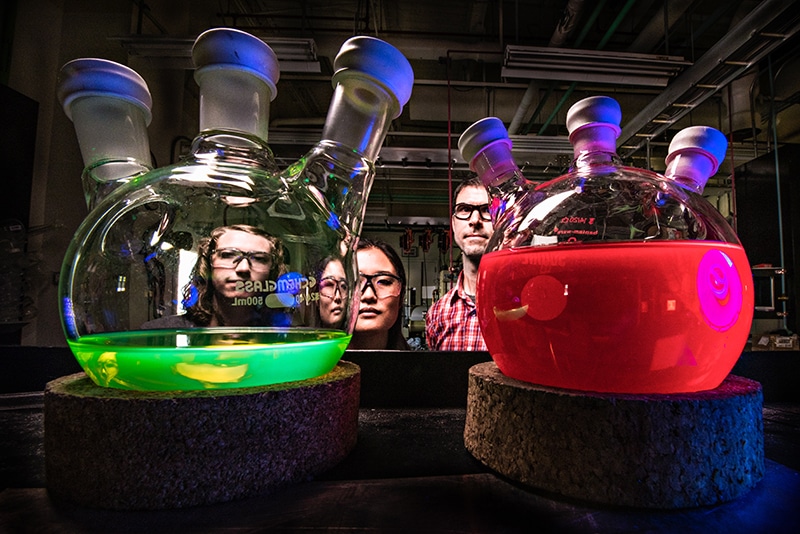Ask, and ye shall receive – at least that’s what happened for solar cell researchers at the University of California-San Diego (UCSD) who are trying to develop new solar cell technologies.
The California Energy Commission, along with the Regents of the University of California, approved a $1.45 million grant to the researchers to spur the institution’s development of perovskite solar cells, which are the latest hot technology the industry is hoping can compete with silicon in the manufacture of solar cells.
Perovskite cells excite solar industry professionals because they have the potential to break through the Shockley–Queisser (S-Q) limit for silicon solar cells, originally discovered in 1961. The S-Q limit proposes that even in perfect p-n junction silicon solar cell, only 33.7% of the sunlight it receives can ever be turned into electricity.
The perovskite cell, on the other hand, can function like miniscule solar modules connected in parallel. When the potential of perovskite as a solar-cell material was first discovered in 2009, its conversion rate was 3%. By 2016, researchers at the Berkley Laboratories reported they had discovered a way to push that efficiency to 31% – with the potential to move even higher.
So what’s the catch?
Well, the flip side to perovskites remarkable jumps in efficiency is its unstable nature. Moisture can render the cells useless, and the highest-efficiency perovskite materials have shown startlingly fast rates of degradation. If perovskites are ever to become the material of choice for solar module manufacturers, both of those challenges must be overcome.
But progress on both fronts is being made.
In October, researchers at the U.S. Department of Energy’s National Renewable Energy Laboratories (NREL) reported the use of quantum dots in the production of perovskite cells, which has led to a more stable crystalline structure by taking out the organic portion of the cell. This approach could lead to high-efficiency perovskite cells that can operate at temperatures ranging from far below zero to well over 600 degrees Fahrenheit.
Two researchers at USCD in particular – Pritesh Parikh and Shen Wang – are focusing their research on understanding the charge transport and recombination mechanisms in perovskite based solar cells. The pair are conducting their research under the direction of Professor Shirley Meng at USCD’s Laboratory for Energy Storage and Conversion.
This content is protected by copyright and may not be reused. If you want to cooperate with us and would like to reuse some of our content, please contact: editors@pv-magazine.com.








Please send me additional information on your research if possible.